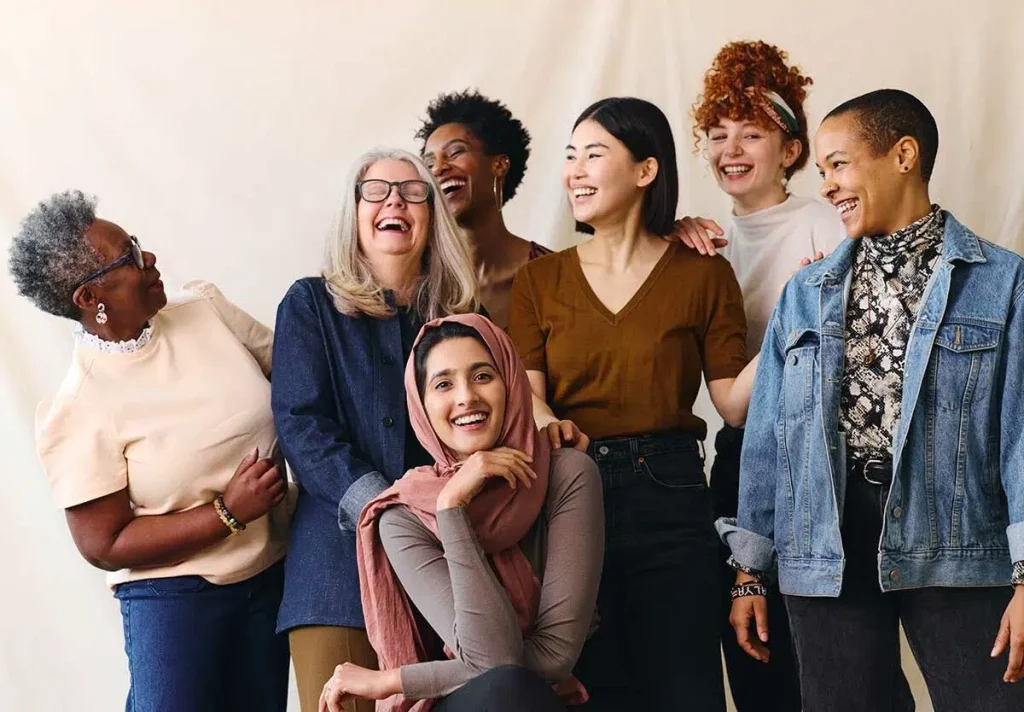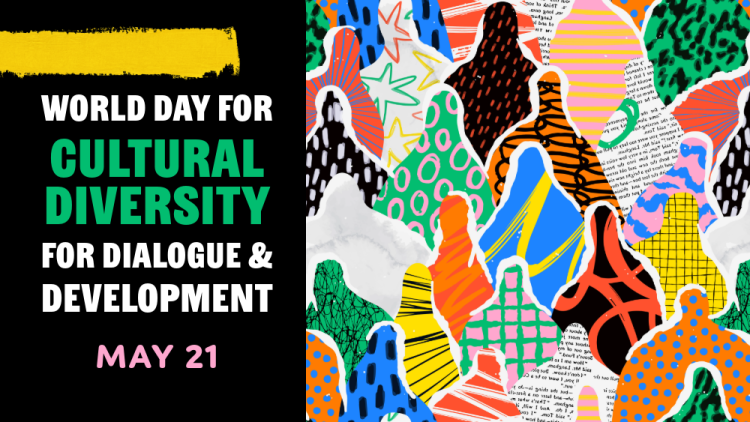Introduction: The Paradox of Local and Global Cultures
In the 21st century, culture is both hyper-local and hyper-global. Communities seek to preserve traditional identities while simultaneously engaging with global cultural flows. This duality raises critical questions:
- How do local traditions survive amidst globalization?
- How do global cultural exchanges shape individual and collective identities?
- What is the balance between cultural authenticity and global adaptation?
This essay examines the dynamics of cultural exchange, the construction of identity, and the influence of global forces on local societies.
1. Regional Cultures and Local Identity
1.1 Roots of Local Identity
- Language, religion, rituals, and folk art form the core of community identity.
- Cultural practices transmit values across generations.
1.2 Regional Diversity in a Global Context
- Asia: Confucian values shaping social hierarchy and ethics.
- Africa: Oral traditions preserving history and social cohesion.
- Europe: National identities intertwined with regional traditions.
- Americas: Indigenous cultures resisting assimilation while blending with colonial influences.
1.3 Threats to Local Identity
- Urbanization, migration, and homogenized media may erode traditional practices.
- Global consumer culture can overshadow indigenous narratives.
2. Cultural Exchange as a Force of Transformation
2.1 Trade, Migration, and Media
- Historical trade routes facilitated early cultural blending.
- Modern migration spreads cultural practices across continents.
- Social media accelerates instantaneous cultural exchange.
2.2 Hybrid Identities
- Individuals increasingly embody multiple cultural influences.
- Examples: diaspora communities maintaining ancestral traditions while adopting host cultures.
2.3 Cultural Diffusion vs. Cultural Appropriation
- Diffusion fosters creativity and understanding.
- Appropriation raises ethical concerns when dominant cultures exploit marginalized ones.
3. Global Influence of Local Cultures
3.1 Cultural Export and Soft Power
- Music, film, cuisine, and fashion as instruments of influence.
- Example: K-pop and Korean cinema shaping global entertainment.
- Japanese anime, Nigerian Nollywood films, and Indian Bollywood expanding cultural reach.

3.2 Digital Platforms and Virality
- TikTok, YouTube, and Instagram enable local creators to reach global audiences.
- Memes and trends accelerate the blending of cultures.
3.3 Economic and Political Impacts
- Cultural products become major economic drivers.
- Cultural influence affects international diplomacy and national branding.
4. Case Studies: Local Roots, Global Reach
Case 1: Mexican Cuisine
- UNESCO recognition preserves traditional culinary methods.
- Globalization introduces fusion dishes while spreading Mexican culinary culture worldwide.
Case 2: Indigenous Art Movements
- Aboriginal Australian and Native American art gain global exposure.
- Art preserves local identity while engaging international markets.
Case 3: African Music’s Global Expansion
- Afrobeat and Afro-fusion influence Western pop and global music collaborations.
- Artists balance local authenticity with international appeal.
5. Challenges and Ethical Considerations
- Cultural Commodification: Risk of reducing traditions to marketable products.
- Identity Erosion: Young generations may prioritize global trends over local heritage.
- Digital Inequality: Unequal access to platforms limits global cultural visibility.
- Power Imbalances: Dominant cultures may overshadow marginalized voices.
6. Future Directions
6.1 Hybrid Cultural Landscapes
- Increased blending of local and global influences creating new cultural forms.
6.2 Cultural Preservation and Innovation
- Technology enables the archiving of languages, rituals, and practices.
- Digital platforms foster global appreciation without erasing origins.
6.3 Education and Cross-Cultural Understanding
- Curriculum reforms emphasizing both local traditions and global literacy.
- Youth engagement critical to sustaining heritage while embracing innovation.
Conclusion: Embracing Complexity in Cultural Identity
The 21st century challenges societies to navigate the tension between local roots and global influence. Cultural exchange is both an opportunity and a challenge: it fosters creativity, mutual understanding, and economic growth, yet also tests the resilience of identity.
Humanity’s cultural future depends on balancing preservation and innovation, respecting diverse voices, and leveraging global connectivity to enhance rather than diminish the richness of local traditions.
By embracing this complexity, societies can cultivate a world where local identities thrive within a globally interconnected cultural ecosystem.
















































